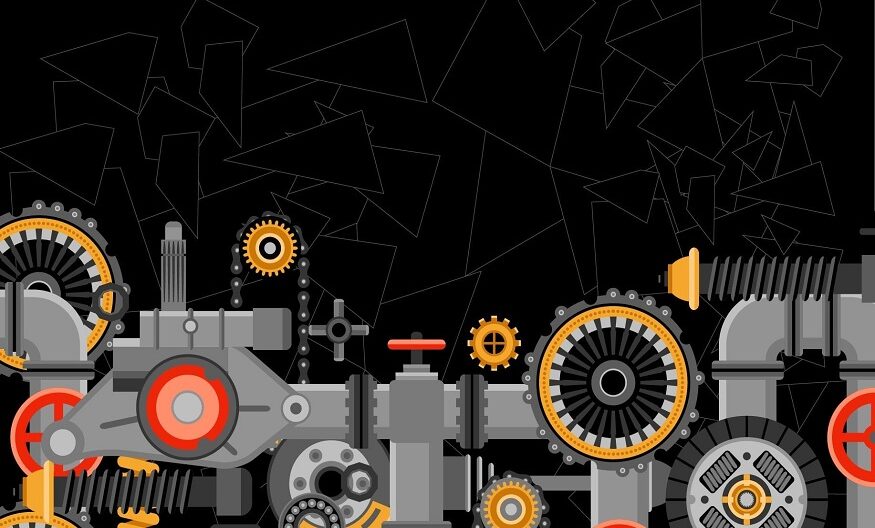
In our previous article on asynchronous motors we presented the energy classifications and the economic interest of opting for solutions that promote efficiency. The transmission is found there as an important factor as well as the quality of construction of the engine, its dimensioning or the addition of an electronic system of speed variation.
For the mechanical construction of a machine, we are faced with a relatively limited choice of actuator type. To put it simply, we find jacks and motors with for each a set of application variations and a whole range of operation. In this article we will focus on the most common engine power transmission applications. In other words, we will not deal here with the transmission of power by fluids or gases.
Transmission as part of the energy chain.
The transmission represents the set of elements contributing to the realization of a specific movement for an application. It is a transfer of energy from a source to a receiver. We then distinguish two categories of transmissions: those which generate angular movements and those which generate translational movements.
| Source movement: rotation | ||
| Receiver movement: translation | Receiver movement: rotation | |
| Transmission type | Pinion – rack Screw nut Crank rod Pulley – conveyor belt Cam | Pinion – wheel Sprocket – chain Belt pulley Wheel – worm Friction wheel |
The behavior of torque in the transmission
In addition to the desired movement, it is also a question of obtaining a speed and a torque adapted to the desired application. In practice, a slower speed than that at the output of the engine is most often provided, with an increase in torque. However, the speed and the torque depend on the reduction ratio.
Variations and distinctions of the pulley – belt transmission
If chain or belt transmissions promote the transfer of energy with a relatively large spacing or offset, many variations or distinctions still exist to meet the technical requirements of the whole.
We essentially distinguish 4 types of belts: smooth, round, trapezoidal or toothed.
Technical particularities
Empirically, it was defined that the belts gave their best performance over an operating range from 1000 to 5000 rev min.
The main characteristic of the belt transmission is its flexibility with the fact that it generates very little vibration and therefore relatively little noise. Another advantage is that the belt transmission does not require lubrication, unlike other types of transmission.
But be careful, just because there is no need for lubrication does not mean that there is no maintenance to be carried out, and this is its main flaw.
